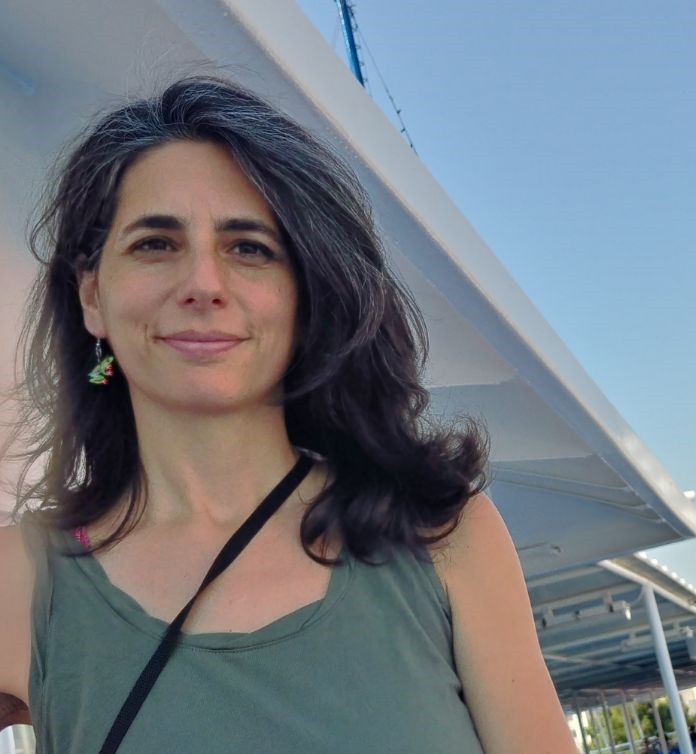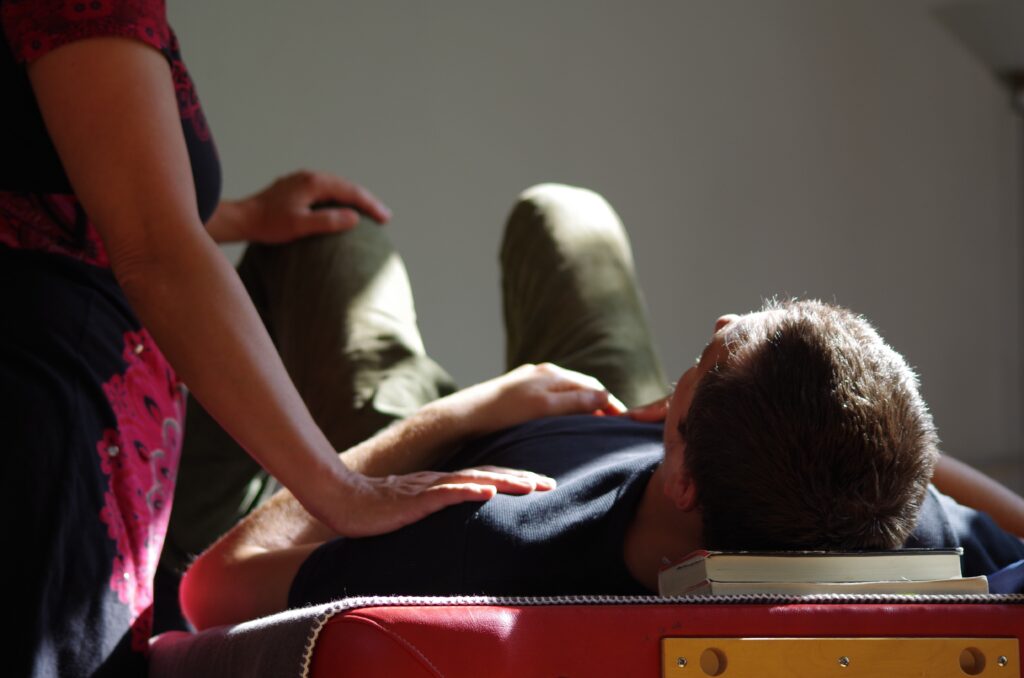
We all need to find ways to touch base with our Self regularly. In this six week course we will look at different aspects of meditation and learn how to create our own practice.
How does the Berlin Meditation Course work?
Each class will consist of:
- an introduction explaining the aspect of the meditation we will look at that day
- short stretching session to move the body before we sit in stillness
- 20 minute guided meditation on the topic
- space for questions and comments (optional)
- this class is both live on a Thursday and online for the whole weekend. The 20 minute meditation remains online till the following Saturday so that you can practice it daily throughout that week.
Berlin Meditation Course Topics:
- Lesson One: Realizing we are Lost in Thought -Finding Our Anchor
- Lesson Two: Detaching without Repressing
- Lesson Three: Use the Door that is Here: Introducing RAIN
- Lesson Four: Sticky Thoughts- what lies underneath?
- Lesson Five: Identifying deep held beliefs and understanding their power
- Lesson Six: What is the Here and Now.
For Whom?
This meditation course is open to everybody, from complete beginners to advanced students.
What to bring?
Mats, blankets and chairs are provided at the studio. If you use a meditation cushion or bench when you meditate, then please bring that with you.
When?
September 14th to 19th of October, 2023
Thursdays starting 8pm.
Duration: 45 – 60 minutes.
The recorded version of this class will get streamed on the weekends (from Friday evening to Sunday night) The 20 minute meditation will stay available online for the whole week.
Price
65 EUR incl. 19% VAT for the 6 classes
Where?
English Yoga Berlin Görlitzerstr. 39 – Berlin
How to Sign up?
Write an email to pinelopi (at) englishyogaberlin (dot) com
About the Teacher:

Beginning her yoga journey in 1999, Pinelopi completed a 600 hour Hatha Yoga Teacher and Vedantic Philosophy Training course over a period of two years in Valencia, Spain. For the last decade, she has worked as a full-time yoga teacher in Spain and in 2010 she founded English Yoga Berlin. Currently she is deepening her knowledge through Leslie Kaminoff’s Yoga Anatomy Course, David Moore’s “Injury-free yoga” applying the Alexander Technique postural alignment to all yoga poses. She is now an Alexander Technique teacher and is studied with Jorg Asshof in Berlin. Her workshops and retreats are inspired by Tara Brach‘s teachings.






